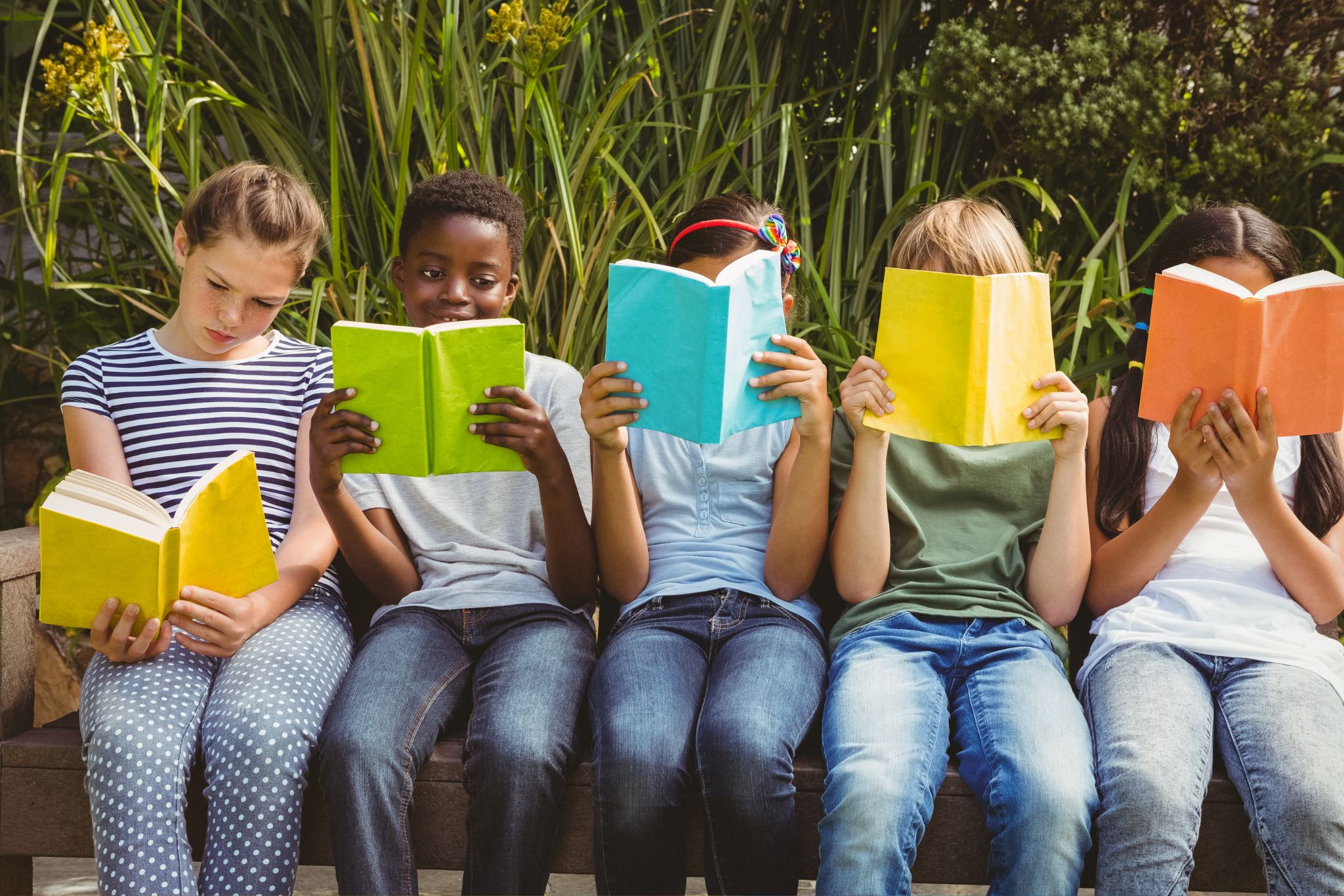Reading to my son from his favorite book ‘Peppa Pig Tales,’ I appreciate how inclusive it is. The titular Peppa Pig attends playgroup where her friends are diverse not only in their animal selves (there are rabbits, elephants, a pony, giraffe, zebra, sheep, and so on), but also as one friend- Mandy Mouse- is in a wheelchair, while the Polar Bear has ‘two mommies’ and Suzie Sheep is being brought up by a single parent. It is quite refreshing that candid questions are asked and answered with childlike innocence (“why are you in a wheelchair, Mandy?”), which allow for acceptance and wholesome friendships. It also helps that the cartoon version of Peppa Pig allows for children to engage visually with the reading material.
This takes me back to my own childhood where alarmingly, I cannot recall one book that taught inclusivity, acceptance of diversity and praised activism. Granted, my generation was still in the era of Aesop’s Fables and Hans Christian Anderson’s Fairy Tales and did not wholly see the importance of discussing topics such as diversity, although I’d like to think that inclusivity was somewhat present in stories, if not in a big way. For instance, the story of the Tortoise and the Hare shows that one must not judge a person by their appearance or make generalizations, while ‘Cinderella’ also shows that poverty should not be grounds to ill-treat another. Yet, in hindsight these stories did not carry the necessary moral weight that we should see such stories carrying. The focus of ‘Cinderella’ was more on how beautiful she was and how her ball gown sparkled, in addition to the fact that the handsome Prince Charming saved her from the wicked stepmother and stepsisters. In fact, almost all fairy tales that were known and loved dealt with beautiful princesses (appearance was key) who were rescued by brave and handsome princes or knights in shining armor. Forget inclusivity and diversity; these are cringeworthy moments for feminists!

A long, long way
It is concerning that only 23% of children’s book characters in the US are non-white humans. Similarly, in the UK, only 10% of characters in children’s books published in 2019 were from diverse and ethnic minority groups. And this is not all; those with reading disabilities have access to less than 10% of books that are published annually, according to a study by EDRLab.
It is heartening to note, though, how much is being done by organizations such as EDRLab, which promotes inclusivity in reading and is working to make books and reading more accessible to everyone, through software development and addressing dyslexia.
Still, we have a long way to go. In fact, the recent backlash on the well-loved Disney Cartoon ‘The Little Mermaid’ which was released this year with a Black actress in the main role of Ariel, is evidence of this. An article by Tayo Bero in ‘The Guardian’ titled, ‘The global backlash against ‘The Little Mermaid’ proves why we needed a Black Ariel’ discusses this in startling exactitude. It looks at how Disney favorites reinforce the narrative of “in white worlds, all heroes are white.” Perhaps this is something that is still prevalent in the western world, but let’s avoid falling into the box of generalizations that wrongly assume that most white people are racist. Instead, let’s be open to the fact that change is possible because we are now more broad-minded through education.
What are the children’s books then, that set the backdrop for this open-mindedness at a young age? Stories like ‘Mae among the stars’ by Roda Ahmed, ‘We’re Different, We’re the Same’ by Bobbi Kates, ‘The Colors of Us’ by Karen Katz are now addressing the issues of diversity and inclusivity through children’s books. Their underlying premise is that children’s stories should break free of the accepted stereotypes that we have internalized and unwittingly pass on to our own children.
At this point I cannot help but chuckle in recollection of the humorous TED Talk by author Chimamanda Ngozi Adichie on ‘The Danger of a Single Story’. She recounts how her American roommate at university expected her choice of music to be African Tribal Music and was deeply disappointed when she discovered that she actually listened to Mariah Carey’s vocals. She explains in her speech that because she was Black, her roommate had already placed her in a stereotypical box where she could not speak good English and was not exposed to the western world. But Adichie says she fell into this same rut as she began to write stories at an early age that featured white protagonists. Her perspective soon changed through her exposure to Nigerian stories that showed her that she needs to see stories from different viewpoints and not just from that of the blue-eyed, golden-haired white protagonist.
The solution then, is exactly what Adichie prescribes. The publishing industry needs to encourage more writers from diverse cultures and identities to tell their own stories to young children. We need to change our tired bedtime stories that engender limited thinking around mainstream white protagonists and characters who hail from perfect backgrounds that reinforce racial, cultural and religious stereotypes. As Author Eric Smith says, “When kids grow up not seeing themselves in books, they grow up feeling like they don’t matter.” The danger in this is something we must strive to prevent if we are to truly change the world through reading, isn’t it?
(Anouk De Silva)
